Author: Brendan Dowd
-

Six Schizophrenic Brothers (Max)
Brendan’s Alternate Tagline for Six Schizophrenic Brothers: In this case, a .500 average is very bad. Quick synopsis: The story of a family of 12 children of which 6 would turn out to be schizophrenic. Fact for Non-History People: Schizophrenia is one of the top 15 causes of disability worldwide. Fact for History Nerds: In…
-
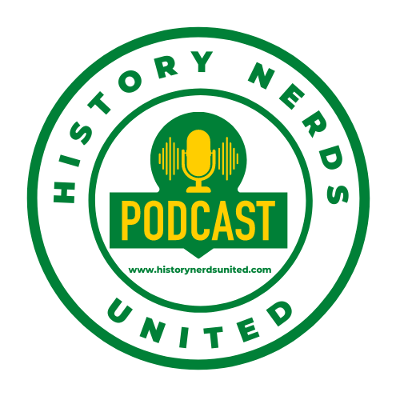
Author Keren Blankfeld joins the podcast to talk Lovers in Auschwitz!
Let’s find love in the last place you’d expect! Author Keren Blankfeld joins me to discuss her book Lovers in Auschwitz: A True Story. It’s as unbelievable as you think. Come listen! Buy Lovers In AuschwitzCheck out Keren’s website
-
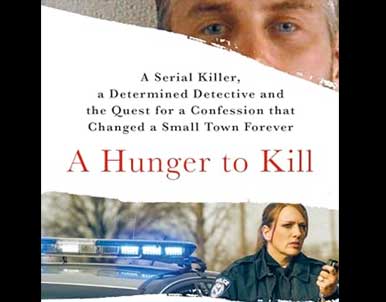
A Hunger to Kill by Kim Mager and Lisa Pulitzer
Brendan’s Alternate Tagline for A Hunger to Kill: A one-way love story. Quick synopsis: The story of how Detective Kim Mager helped put away an Ohio serial killer. Fact for Non-History People: From 1992-2019, Ohio has had 505 victims of serial killers. Fact for History Nerds: In that same time period, California leads the U.S.…
-
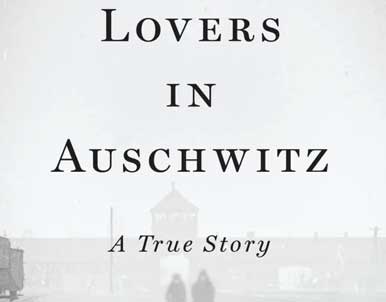
Lovers in Auschwitz by Keren Blankfeld
Brendan’s Alternate Tagline for Lovers in Auschwitz: They found love in a hopeless place. Quick synopsis: The story of the two people who fell in love and survived Auschwitz in World War II. Fact for Non-History People: In 1941, the Warsaw ghetto covered 2.4% of the city but housed 30% of the city population. Fact…
-
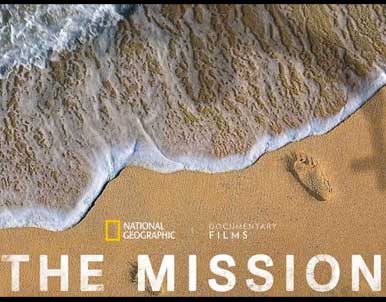
The Mission (NATGEO)
Brendan’s Alternate Tagline for The Mission: Should have listened the first two times. Quick synopsis: The story of missionary John Chau who died attempting to evangelize to the people of North Sentinel Island. Fact for Non-History People: We know so little about the North Sentinelese that we don’t even know how many of them there…
-

Ian Sanders from the Cold War Conversations Podcast joins me!
Let’s cool it down! The host of the award winning Cold War Conversations podcast, Ian Sanders, joins me to nerd all the way out about history, how he got started, and what makes for a great podcast. Come listen!
-
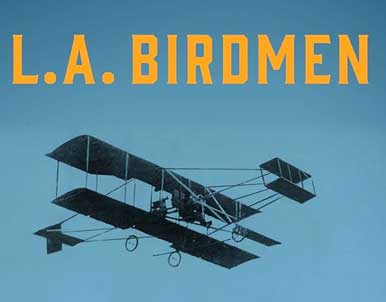
L.A. Birdmen by Richard Goodrich
Brendan’s Alternate Tagline for L.A. Birdmen: Like their aircraft, these people had at least one screw loose. Quick synopsis: The story of the first airshow in America. Fun Fact Non-History People Will Like: The longest flight the Wright brothers accomplished on their first successful day flying was 59 seconds and a height of 852 feet.…
-
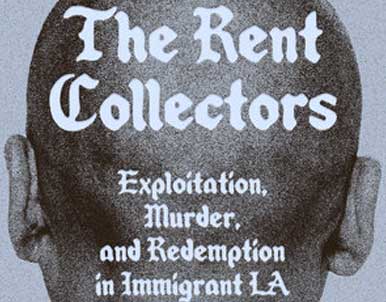
The Rent Collectors by Jesse Katz
Brendan’s Alternate Tagline for The Rent Collectors: Better pay up. Quick synopsis: The story of gang violence in L.A. and a botched murder. Fun Fact Non-History People Will Like: Pray you never have to find out what it is to “keister” something. Fun Fact for History Nerds: When the lake at MacArthur Park was drained,…
-
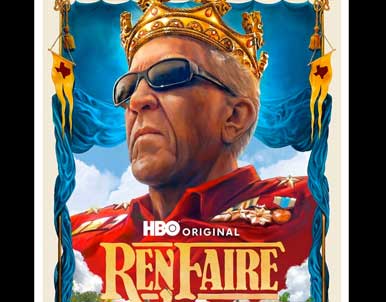
Ren Faire (HBO)
Brendan’s Alternate Tagline for Ren Faire: It’s like Succession but nerdy. Quick synopsis: The story of a succession battle for the control of the Texas Renaissance Festival. Fact for Non-History People: The Texas Renaissance Festival draws about 500,000 people per year. Fact for History Nerds: The festival itself takes up over 55 acres. My Take…
